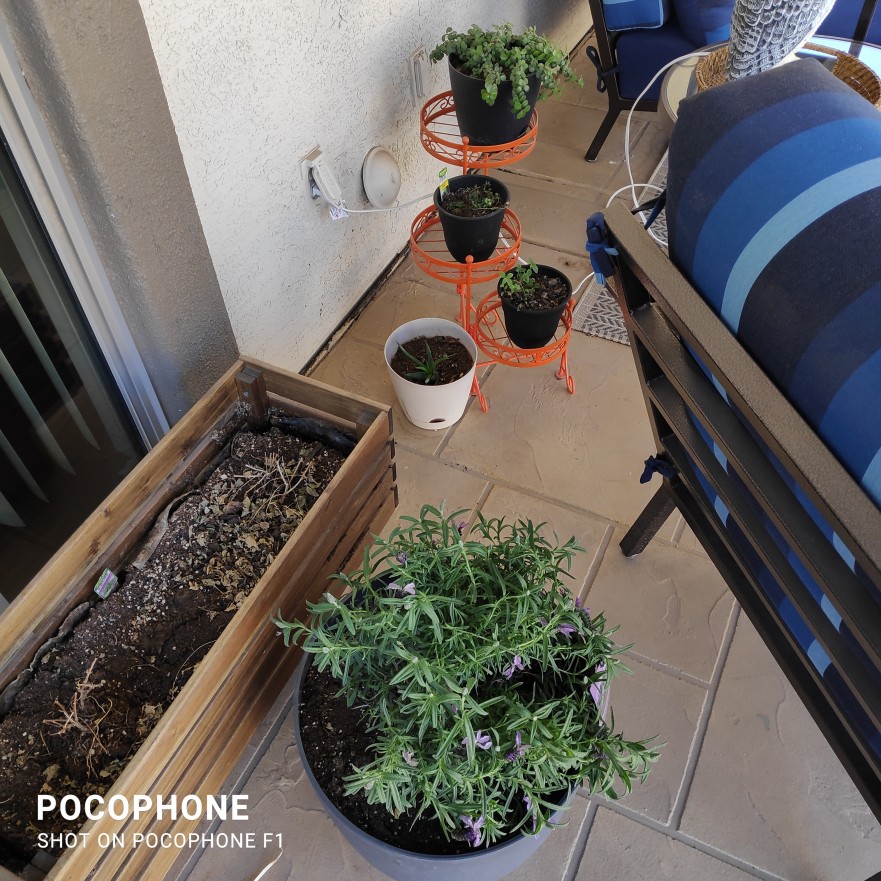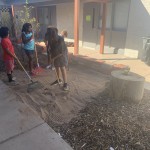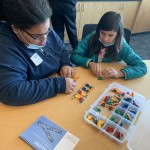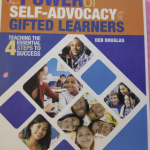The first two rounds of COVID immunization have been given out and all eyes are on the levels. With the governor mandating in-person testing, districts that have not returned to school will most likely return to some form of in-person as soon as they get the green light. Once back in school, CDC guidelines will still need to be respected and maintained. We should still expect to wear masks, constantly wash hands, and maintain social distancing. Until we know better, this may be a part of our new normal. Yet, not interacting closely and directly seems to go directly against the nature of children (especially young ones).
To help prepare for this, I encourage teachers to look to a part of the learning environment that we often overlook: outside. Being outside as much as possible will allow more natural air circulation and space for movement. Both of these can lead to a healthier physical and mental environment. How do you teach outside? Here are some suggestions that may help:
The article 10 Tips for Teaching Outside provides a great place to start. The two that I found most interesting:
- Invert your planning: When planning a lesson, ask the question “What part of this lesson required me to stay inside?” Then, do your best to limit inside instruction to that part. This will decrease the amount of time inside and, if an assistant is available, you may be able to create small groups for inside instruction. This will allow students to be more spread out when in class.
- Reallocate field trip funds: We most likely will NOT go off campus for any field trip for a while. It may be wise to reallocate those funds to materials that will make outside instruction more doable. If you decide to do this, consider how long students will be able to use the material outside. They may continue with some outside activities after it is no longer a suggested instructional environment. Use this information to guide you in deciding how much money to spend on an item. The articles 6 key ingredients for outside learning and How to develop your school grounds for outside learning can help you identify items that can make outside instruction more comfortable and successful.
In my opinion, Math and Science are the easiest subjects to teach outside, but that may be because they are my favorite to teach. If you are having a hard time thinking about how to teach outside, here are some links by subject area that can be a great starting point. Within the articles, there are additional resources that you can follow up with.
Math: 9 Ways to Take Math Outside, It’s a big world out there
Science: Teaching Science Outside the Classroom, Science Outside the Classroom
Language Arts: English Outdoors, 6 outdoor language arts activities
Art and PE: These areas should be easy to address outside, but they can be harder to maintain and control. Teaching Outside, Outdoor Routines provides some insight on how to build class structure outside. Hint…it’s very similar to building classroom routines. Except, your outside.
History: It was challenging to find resources for teaching History outside. I would suggest the lessons and topics are taught using some of the strategies from the other areas to increase engagement and interest. I was able to locate the articles History Beyond the Classroom and Learning Outside the Classroom. The latter has a great digital image of a smart model for outside learning.
We all hope and long for the days when we knew exactly who, what, when, where, how, and why during our school day. Yet, we all know that things have changed. Learning how to embrace the outside environment as a place for impactful instruction can help us find an unexpected blessing in these challenging times.









